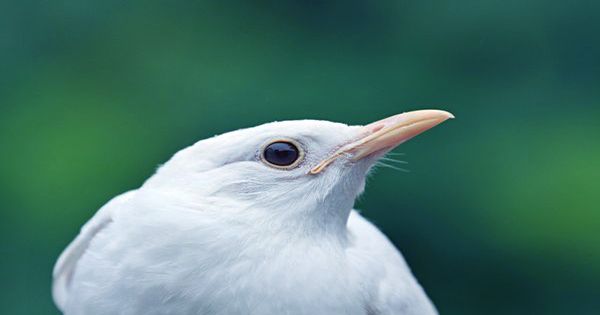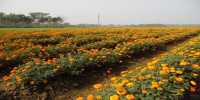Words like “majestic” and “regal” are high on the “word” related boards for Buddhist documentaries, which perform acrobatics of most athletic species in nature and display a wide courtesy of appropriateness and grace.
However, like many human’s animals declining and sometimes with the help of remote camera traps (remember the skunk dunk?) Alternatively, with live-streaming nesting cams we get occasional glimpses of the epic failure of the animal kingdom. One such ridiculous display from New Zealand this week revealed that the Nest camera, designed to broadcast images live from a colony of the royal Albatrosses, was caught less than any of the honorable landings among its resident birds. Luckily, for us, this footage obtain by the New Zealand Department of Conservation, has been retrieved and even edited at a slower pace so that you can capture all the leg-flying, feather-bending action in the video below.
The royal faceplant of one of the royal albatrosses photographed at the Taiaroa Head (TH) Nature Reserve in New Zealand. Speaking to The Guardian, TH Tourism Manager Hoani Lansbury said that the closet-over wing is common among teenagers, but as an adult, this particular person would have “plenty of time to learn to land properly.”
The relative footage is reminiscent of a poppy cartoon, with the bird in question first sliding its head back and forth and smilingly pedaling in the air before taking itself to the right – all in glorious slow motion. Birds with albatrosses have several broad wings, with the revolving albatrosses reaching a maximum length of 3.7 m (12.1 ft) and the rails near the 3-meter (10-ft) mark. Usually occupying coastal habitats, where the winds can be strong and changeable, adults usually reach the ground very slowly before bending the angle of the wings to float a bit like a parachute.
Less than the elegant penetration of this particular albatross is probably due to overheating and failure to adjust the wing angle in such a way as to prevent it from facing the ground. When children graduate as minors they leave home and may not return until the age of five, when their feet do not touch the dry land. Then perhaps it is understandable that crash-landing rates are higher among the first returnees to the reserve, who usually slip back to the reserve – far from the norm when you are trying to impress potential partners.
There is no need for albatross puppies to do as much as they do (quite aptly) compare to “incomplete puppets”. Royal Cam broadcasts the latest hijackings from the 24-day reserve and this year brings good news with it as the breeding season thought to have been one of the best on record. The world’s oldest wild bird – Albatross Wisdom As Albatross Wisdom Records for breeding albatrosses have been beaten elsewhere in the 2021 season, recently successfully laying an egg at 70 years old at.














